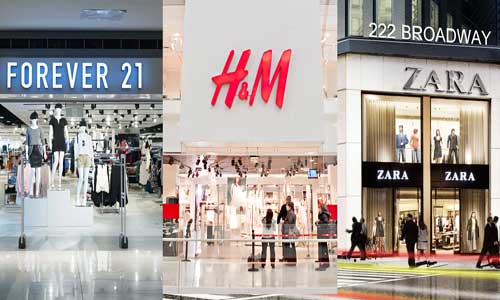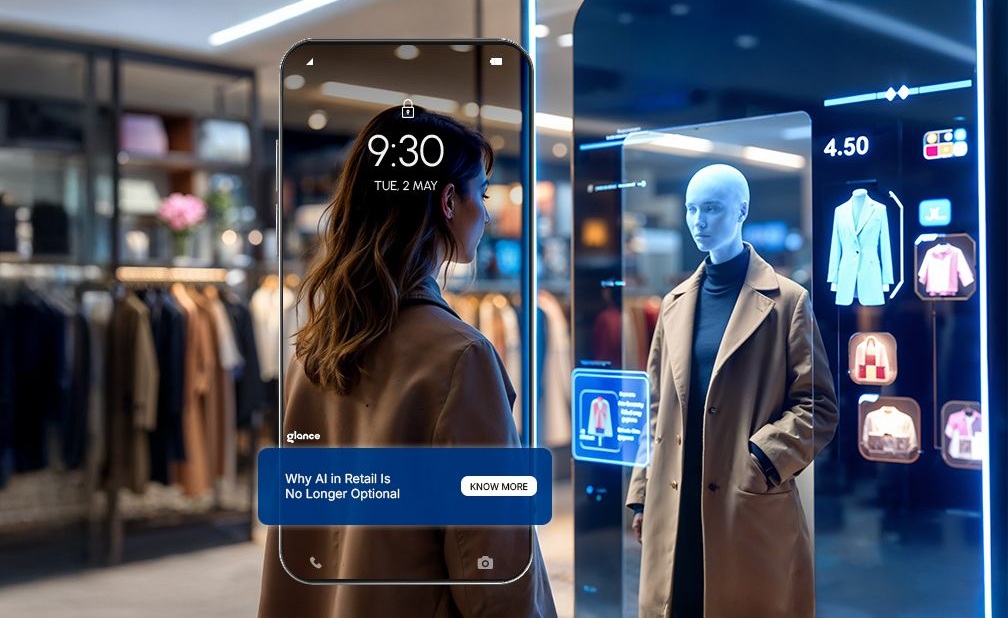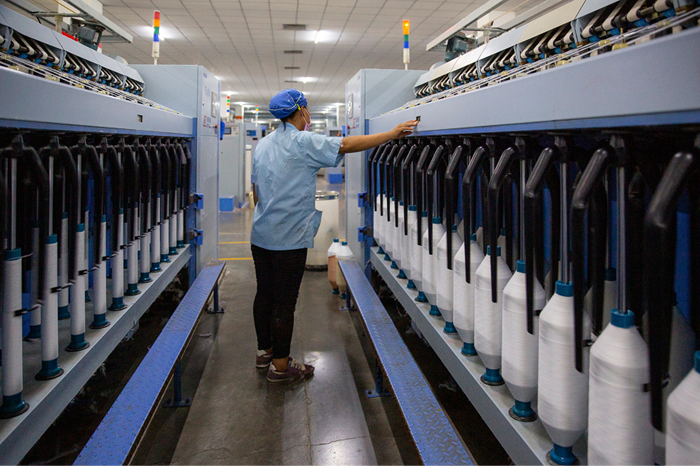"With rapid movement of styles from catwalk to retail shelves, fast fashion is space in everyone’s wardrobe. And as Tasha Lewis, a professor at Cornell University’s Department of Fibre Science and Apparel Design says, the rate of new fashion cycles has accelerated to a feverish pace. It used to be four seasons in a year; now it may be up to 11 or 15 or more. At the helm of such a revolution are brands such as Forever 21, Zara and H&M. However, the industry is witnessing a major flux these days owing to stringent environmental and labour regulations."

With rapid movement of styles from catwalk to retail shelves, fast fashion is space in everyone’s wardrobe. And as Tasha Lewis, a professor at Cornell University’s Department of Fibre Science and Apparel Design says, the rate of new fashion cycles has accelerated to a feverish pace. It used to be four seasons in a year; now it may be up to 11 or 15 or more. At the helm of such a revolution are brands such as Forever 21, Zara and H&M. However, the industry is witnessing a major flux these days owing to stringent environmental and labour regulations.

Talking about their market share, H&M has experienced steady online market growth since 2014, although perhaps not quickly enough to compete with rapid risers like Torrid, ASOS and Zara in the long term. The most meteoric rise by far has been of Uniqlo, the Japanese brand which first appeared in New York City in 2006 and expanded aggressively across the country over the following decade.
H&M and Forever 21 have long been dubbed as millennials’ preferred choice. Forever 21 currently has higher online ranking in America than H&M. One key difference between the two is their age groups. Forever 21 shoppers are 118 per cent more likely than the average person to be younger Millennials, while H&M shoppers are 133 per cent more likely to be older Millennials. H&M could use this age distinction in several strategic ways. They might double- down on their 25-34 year old customer base, who are loyal to H&M and have more disposable income than young Millennials. It also turns out this age group skews heavily towards men for H&M, while Forever 21 actually struggles to reach older millennial men; this advantage could present an opportunity for H&M to eclipse Forever 21 by releasing a slightly more upscale male clothing line.
Consumers’ shifting mindset
Rising consumer concerns on growing eco-consciousness would majorly drive their future growth across the world. Between 2015 and 2016, traffic to the fast fashion industry dropped in step with the release of ‘True Cost’, a documentary about the impact of the retail industry on the planet (and which called out brands like H&M and Zara directly). As a response, several brands such as H&M announced take-back programs that collect used clothing to be recycled or re-sold. However, the success of these programs is still a question mark.
Unhealthy working conditions are also putting fast fashion industry into bad light. This ethical question remains unresolved for the fast fashion industry, and would manufacturers to shift their priorities and be a responsible eco company. For brands willing to innovate in their manufacturing procedures, transparency and sustainability initiatives, this could become a differentiating opportunity.
What does the future hold?
Experts say, affordable clothing will always have a market but financial pressures and consumer priorities are undoubtedly casting doubts around the sustainability of fast fashion at its current scale. While these challenges are formidable, they also present opportunities for fast fashion brands capitalise on shifting consumer priorities. Brands who rely on the rapid-cycle release of inexpensive garments, such as Forever 21 and Nasty Gal, will likely continue to struggle producing lower quality products at lesser margins. Meanwhile brands such as Uniqlo, who innovate textile blends and slow the frequency of their fashion cycles may be able to keep prices low without eroding the quality of their garments.












